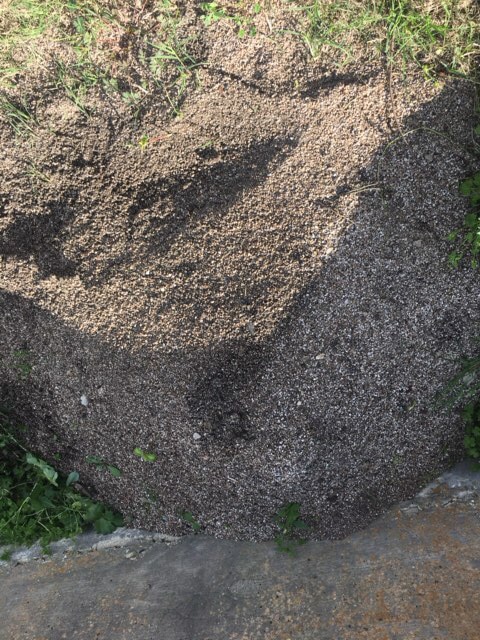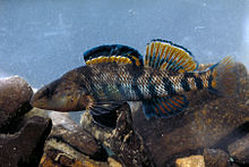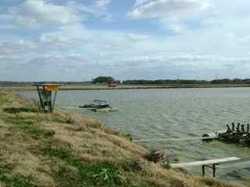With such clean water with low color and turbidity, algae can thrive on the walls and weirs in the clarifier and UV chambers. Once you have algae, the pouch snails have a food source and begin to multiply. How can the snails be brought under control?
Most effective way is to remove the snail food source or algae from the clarifier weir & walls. Options to remove the algae include:
- Physical removal by scraping/brush
- Using a water jet to clean. Some facilities have installed a water jet/spray system
- Use hypochlorite to kill both algae and snails on the weir for an immediate, short-run solution.





 RSS Feed
RSS Feed